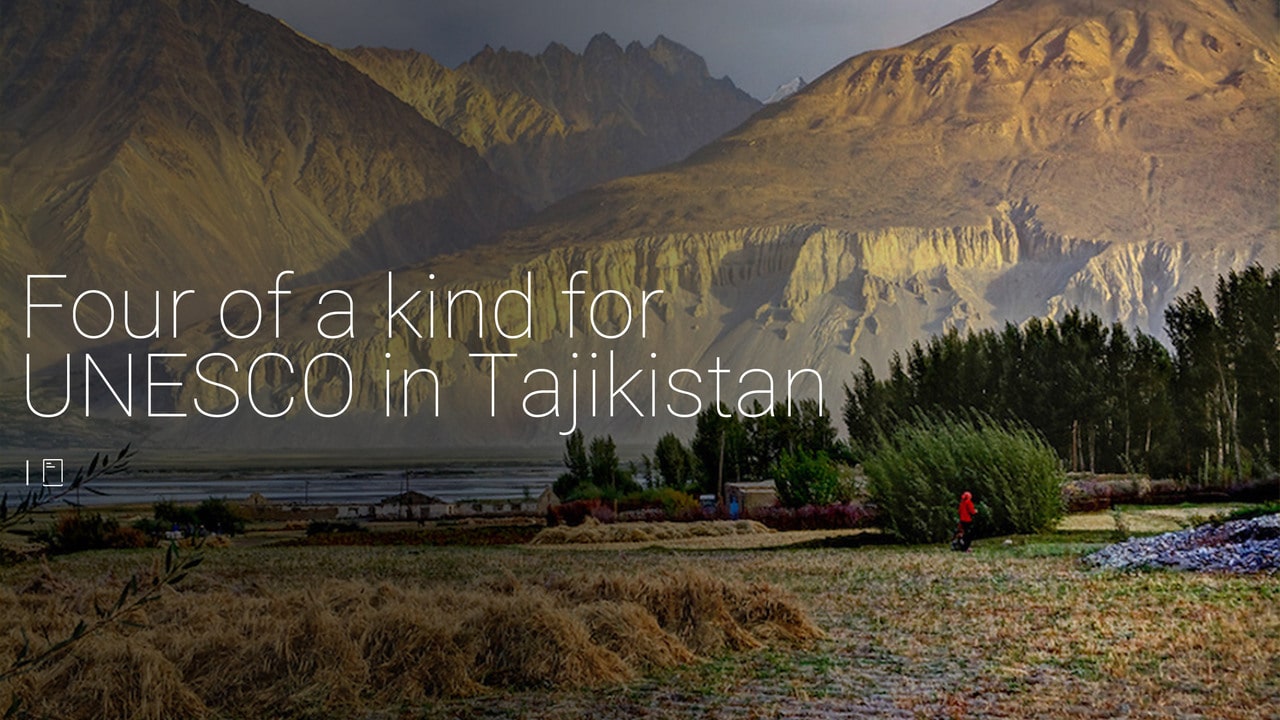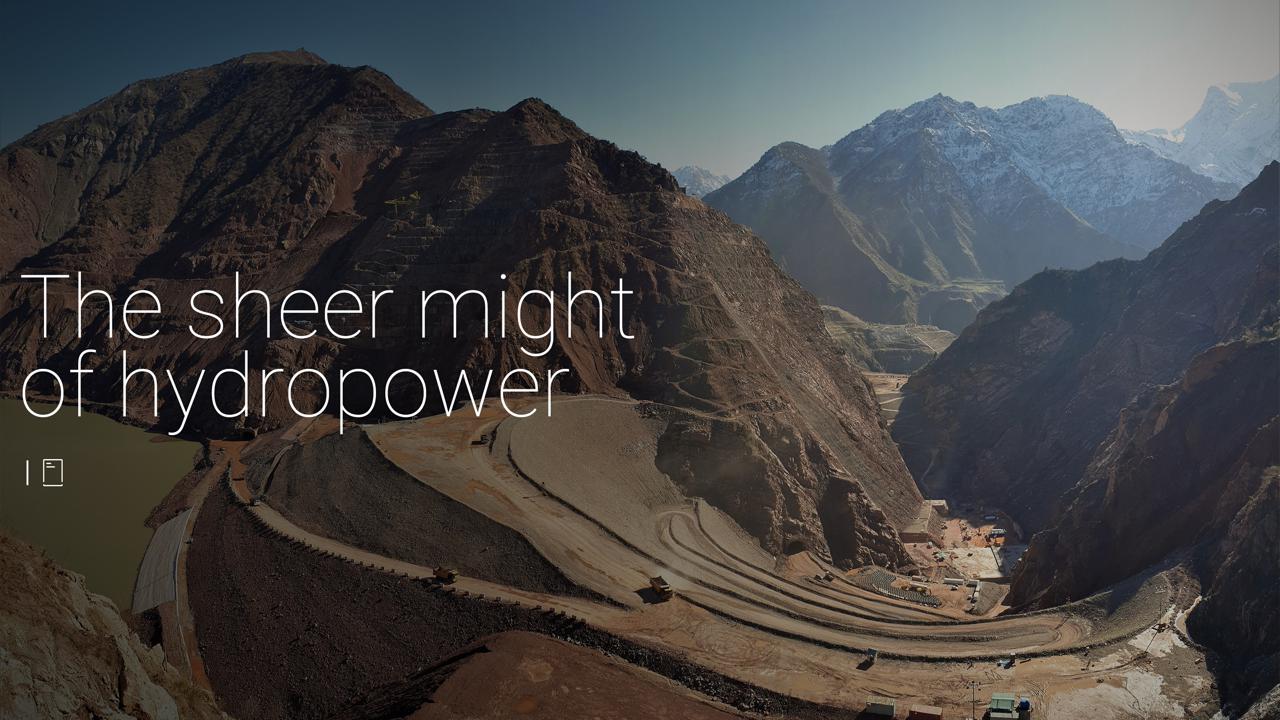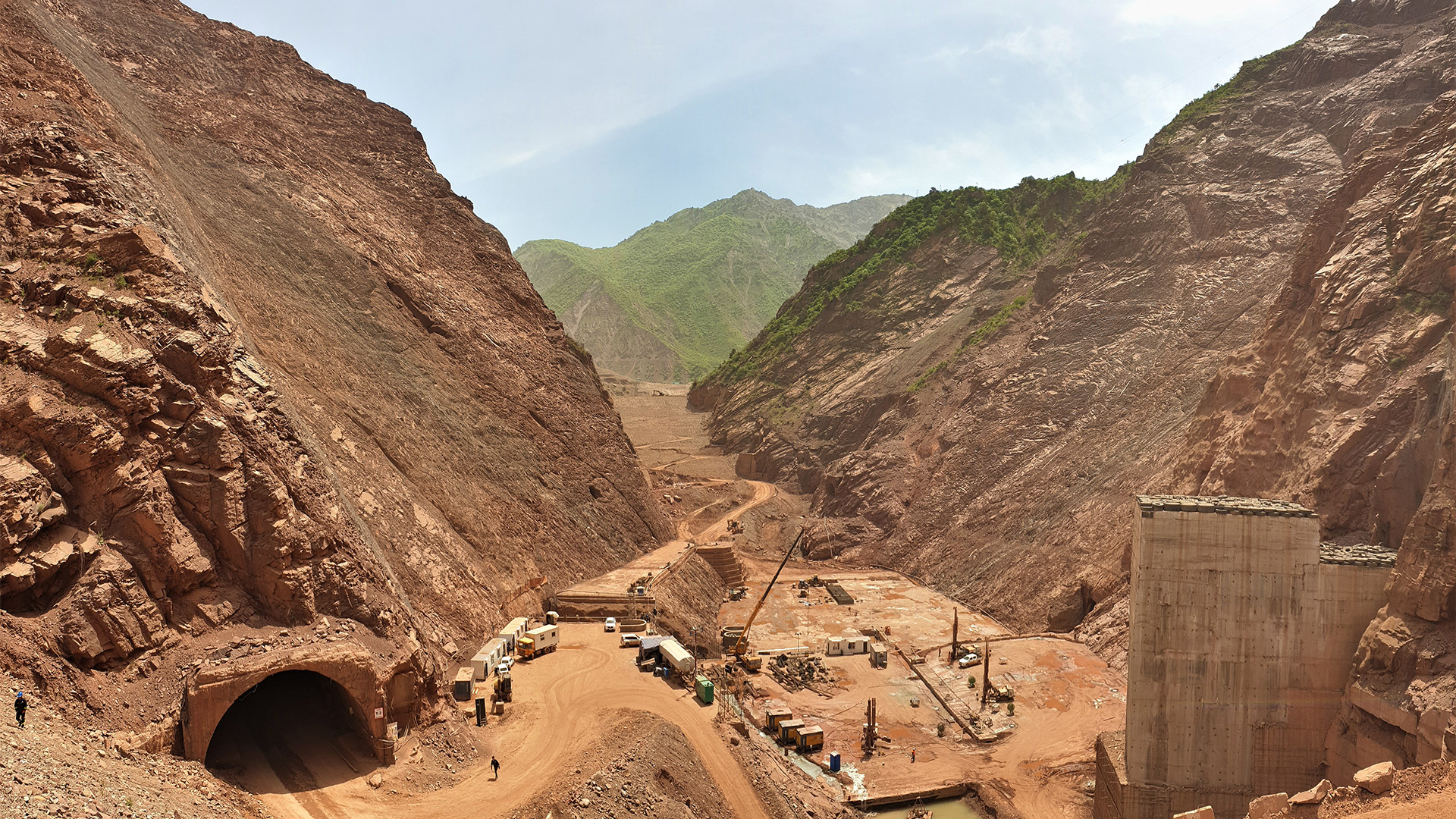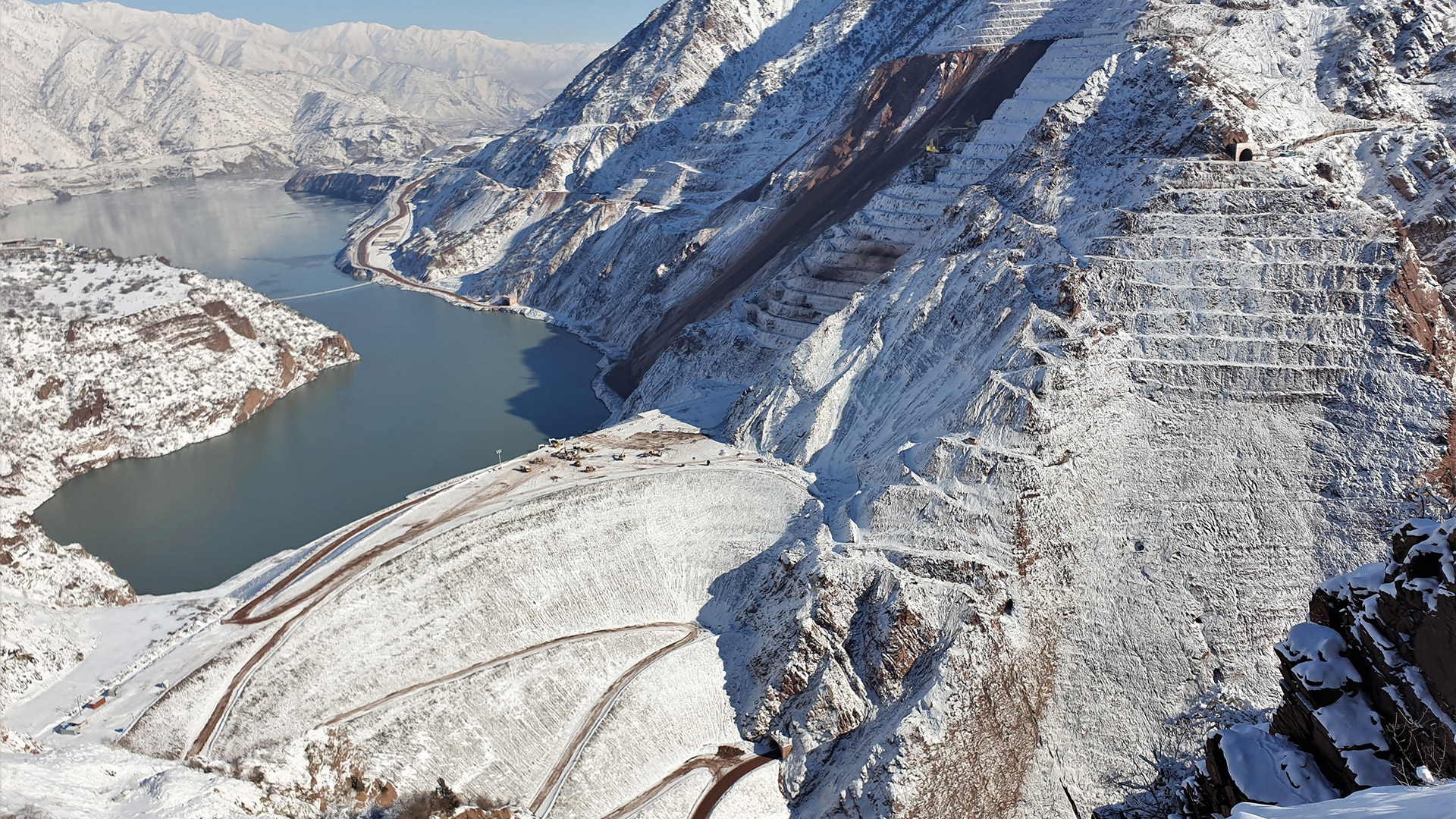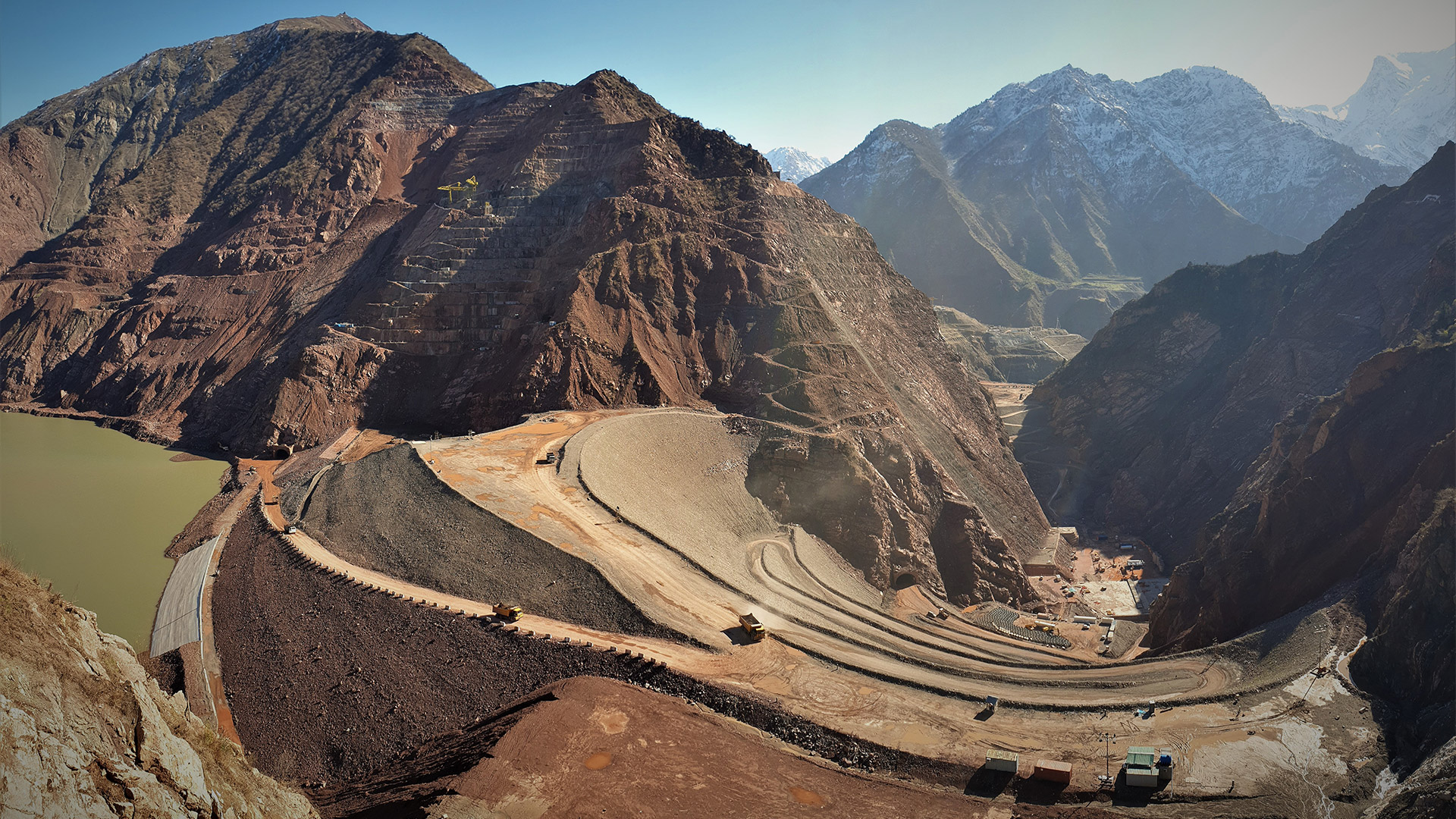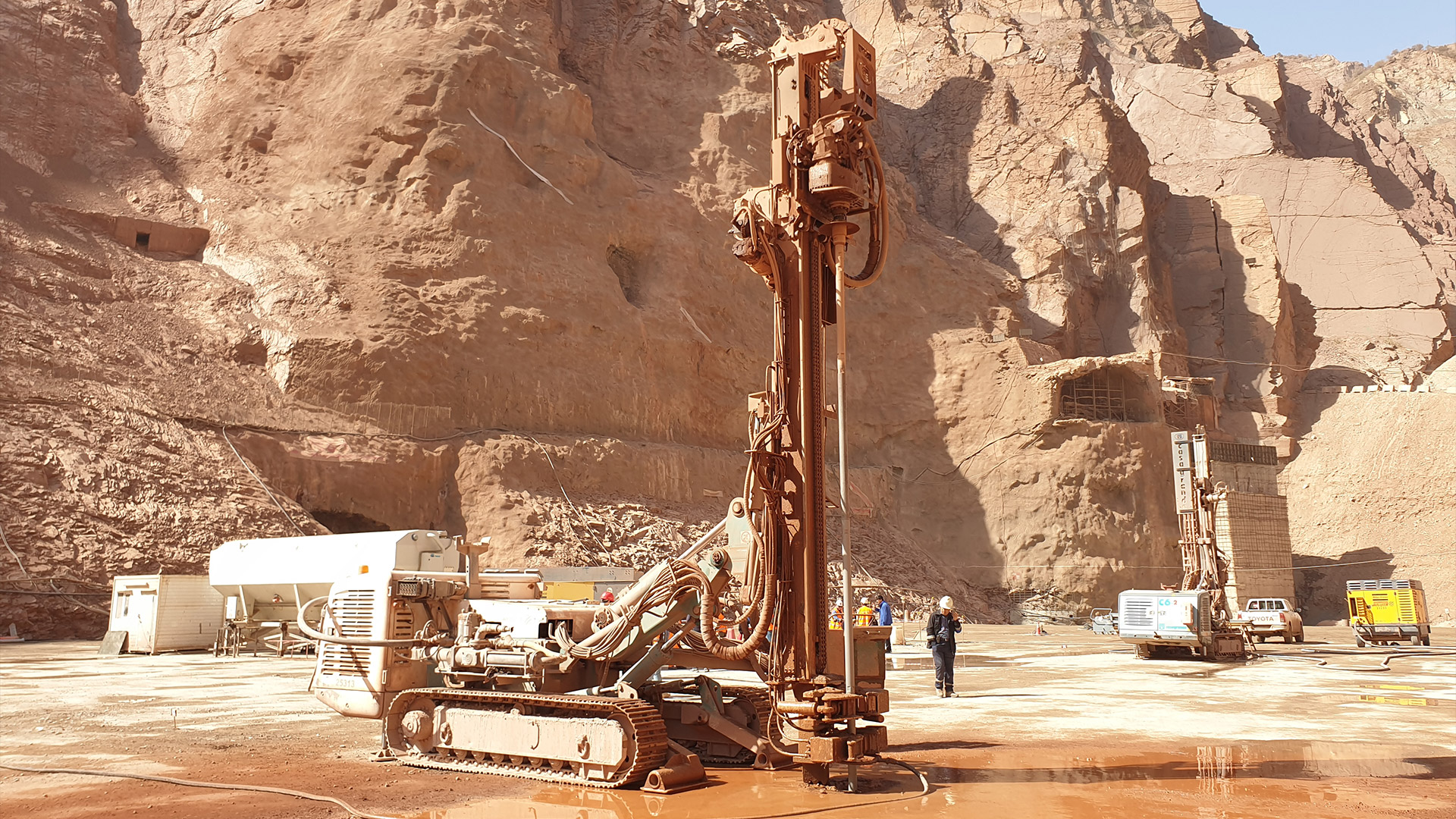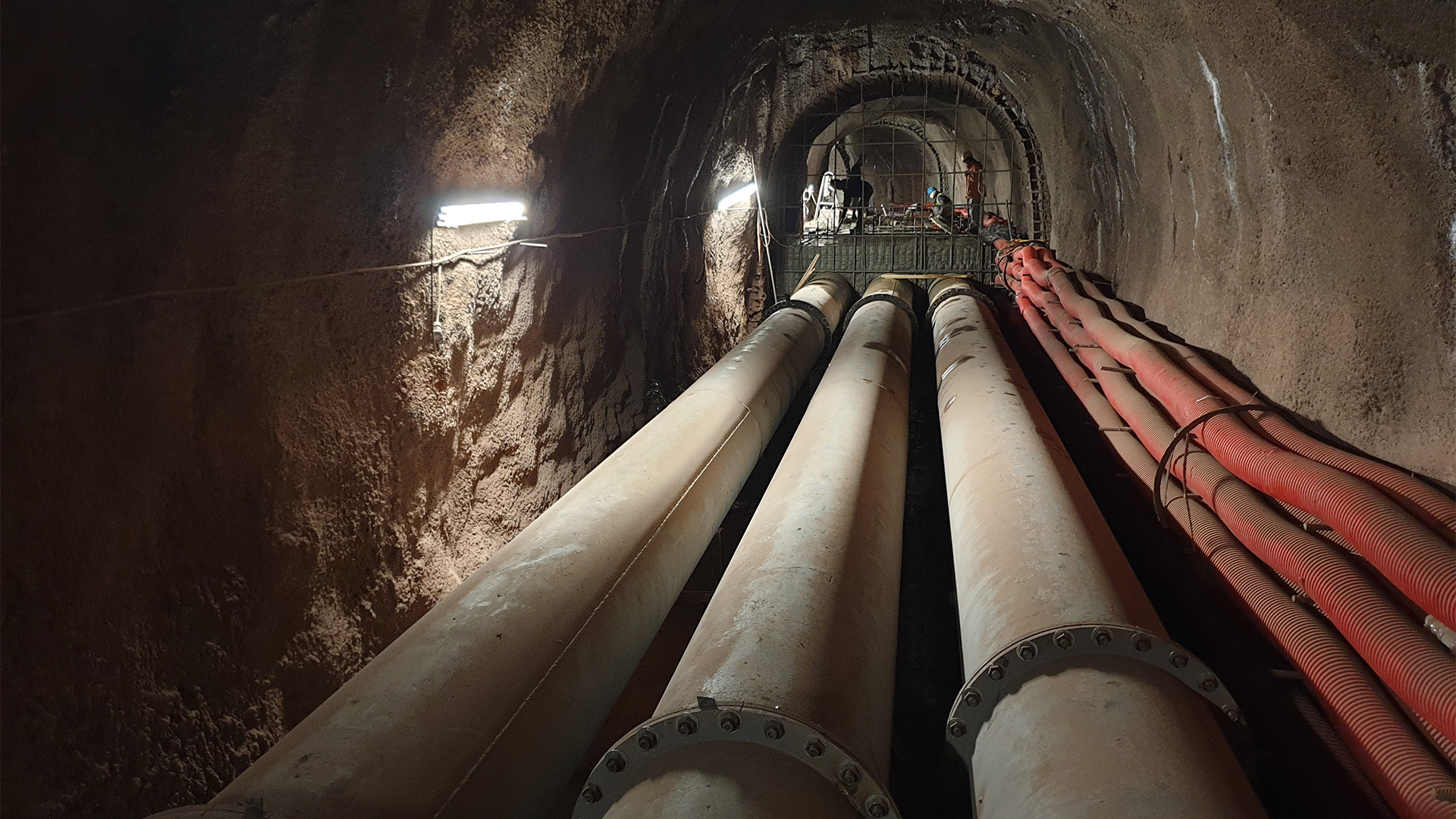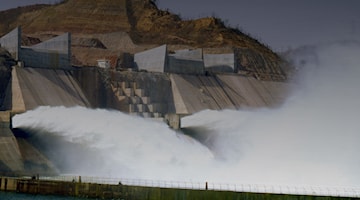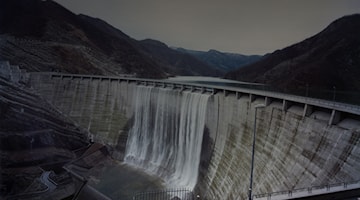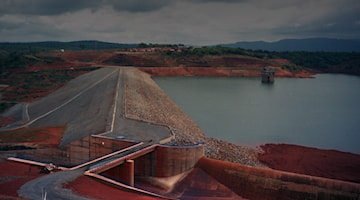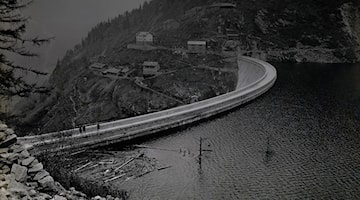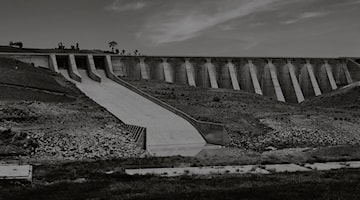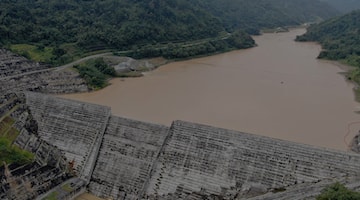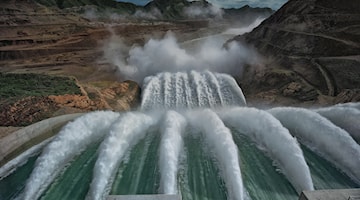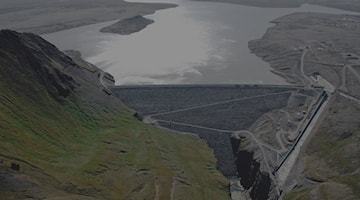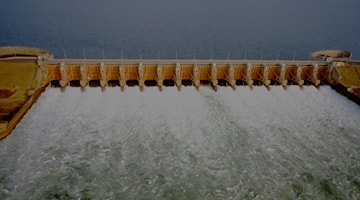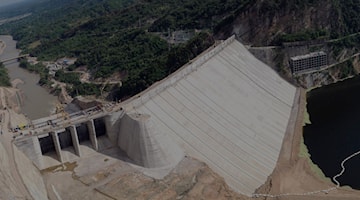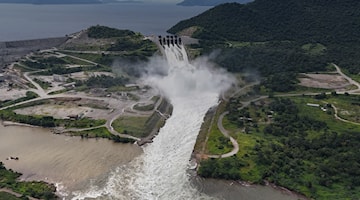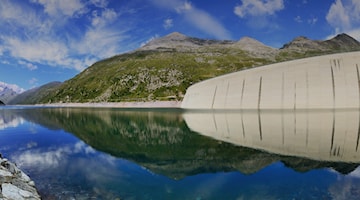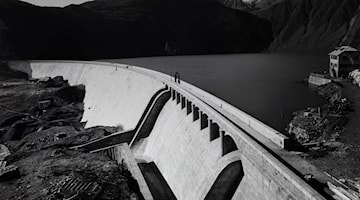When it rains, it pours
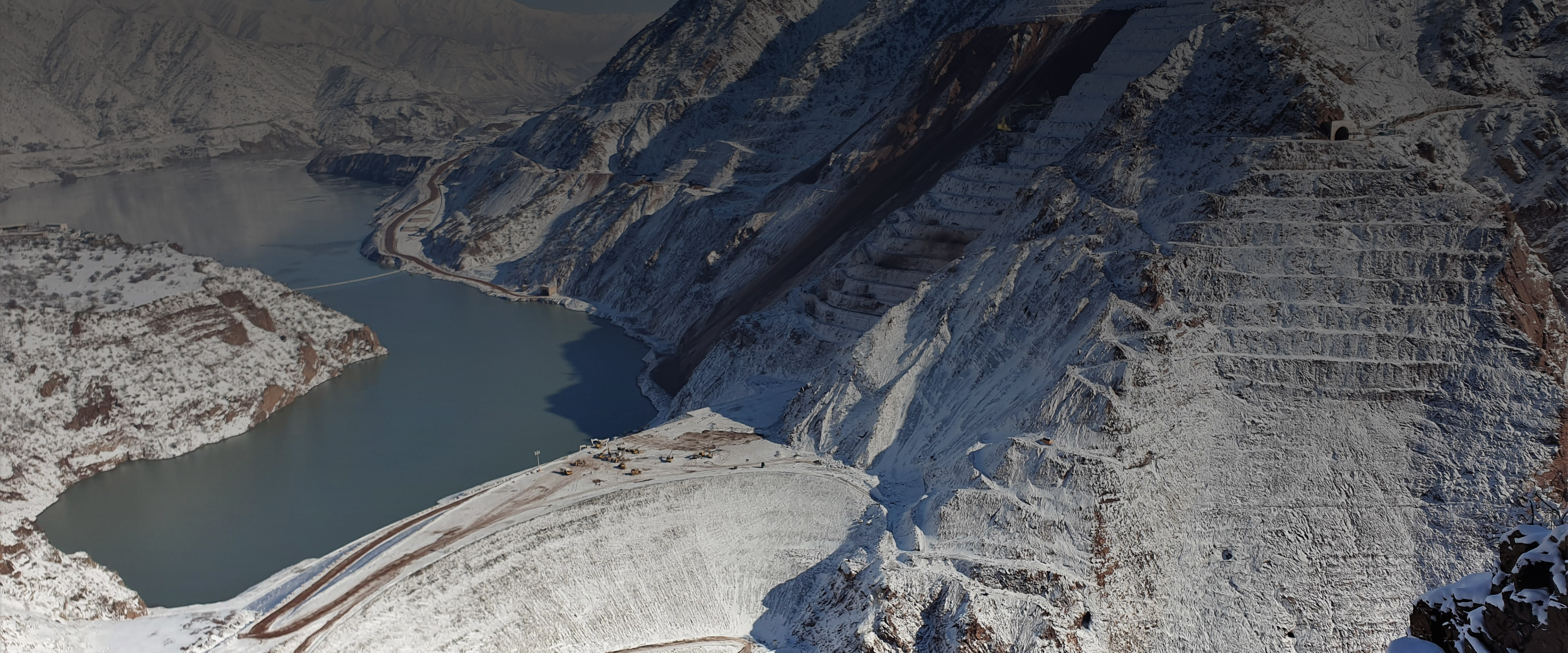
ROGUN HYDROPOWER PROJECT, TAJIKISTAN
With its 10.1 million inhabitants spread over 143,000 square kilometres, Tajikistan is the smallest country in Central Asia. In recent years, it has seen a great deal of positive growth, with significant increases in the mining (150%) and manufacturing (23%) industries. A reversal of fortune owed in no small part to one of the largest infrastructure projects ever carried out in the country: the Rogun Hydropower Project.
A rockfill dam with a clay material core, it will stand at an impressive 335 metres tall upon completion, making it the tallest dam in the world. It is located on the Vakhsh River in the Rogun District and powered by the vast volumes of water generated by the melting snow from the surrounding mountain ranges in Central Asia. An immense amount of potential, fully realised thanks to the Vakhsh River’s diversion into two underground tunnels, which ensure that the foundations of the dam can be kept dry.
With this project, Tajikistan will see its energy production double, thanks to an installed capacity of 3,600 MW, the equivalent of three nuclear reactors. But the country is no stranger to world records. Take a guess as to which dam previously held the title of tallest in the world... That’s right! The Nurek Dam, completed in 1980, which stands at just over 300 metres tall. What can we say? Here, water is worth its weight in gold.

THE WORK AND THE TECHNIQUE
TYPE OF DAM: ROCKFILL WITH CLAY MATERIAL CORE
M LENGTH
M HEIGHT
M3 VOLUME
MW INSTALLED CAPACITY
OJSC ‘Rogun HPP’ (Open Joint-Stock Company)
LOT 2 Webuild Group
The dam of the Rogun Hydroelectric Project is made of rockfill, with a clay-based material used for the core. It will have an overall volume of approximately 80 million cubic metres with a crest length of 800m
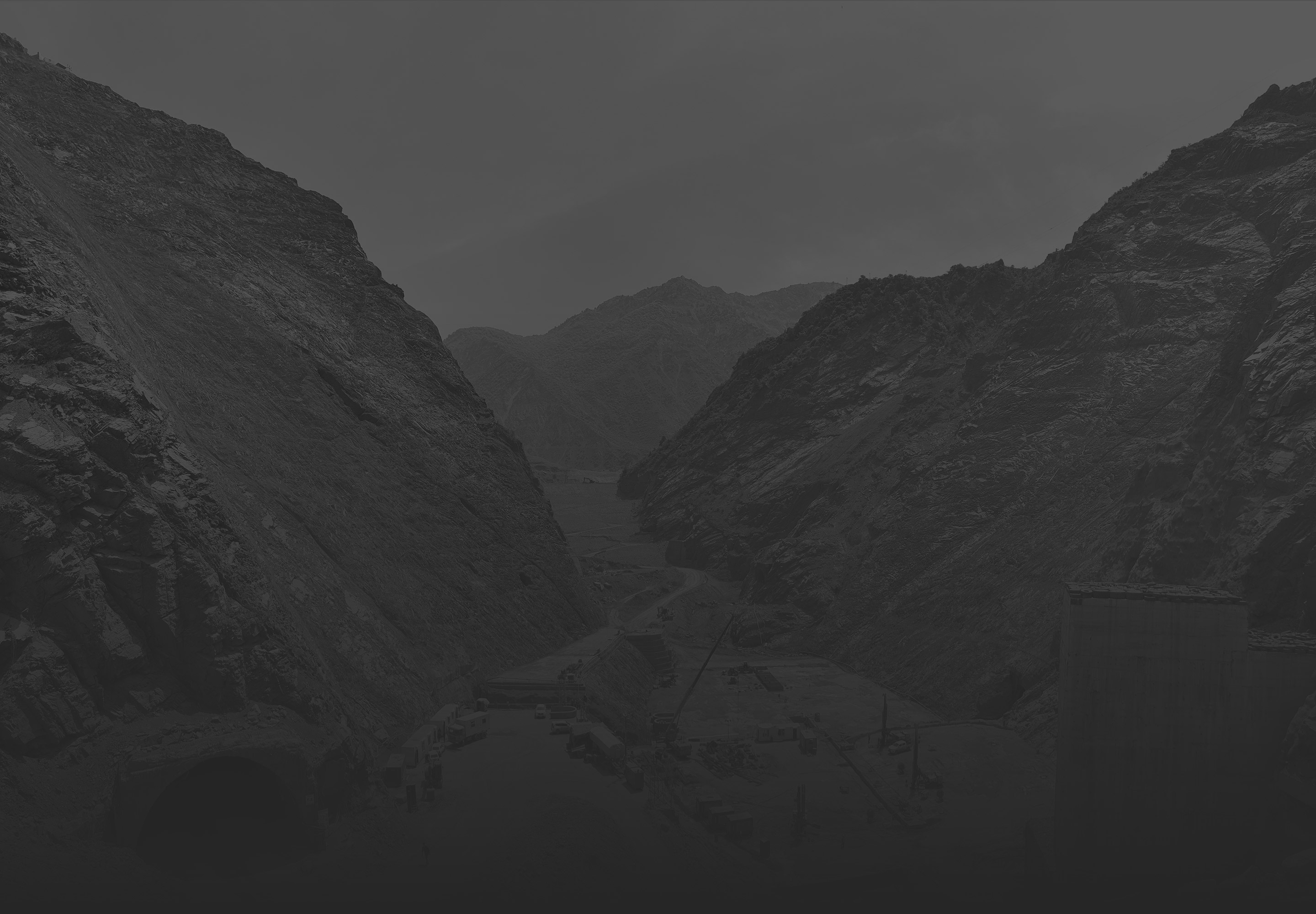
CULTURAL INSIGHTS


The sheer might of hydropower
The enormous energy potential of the dam constructed as part of the Rogun Hydropower Project will allow Tajikistan (the third-highest nation in the world in terms of average altitude after Bhutan and Nepal, at 3,186 metres a.s.l.) to become a point of reference in the sector, doubling its current national production and helping to remedy the electricity shortages that regularly occur over the winter months, when many of the waterways are frozen over or have minimal flow rates. The energy produced will also contribute to fostering the growth of its manufacturing industry (as 60% of the population is still employed in the agricultural sector), as well as exports to neighbouring countries such as Kyrgyzstan, Afghanistan and Pakistan, which have already announced their intention to purchase a proportion of the energy generated by the dam, in a move that will initiate processes to modernise the distribution links between the various countries.
The establishment of this facility will also help to bolster the country’s already sizeable hydropower sector: renewable sources account for 38.75% of the energy consumed nationwide, which is the highest percentage in the Caucasus region, where fossil fuels tend to be predominant. More specifically, hydropower is the main source of energy (accounting for 62%) and electricity nationally (at 90%), and nurturing the growth of this sector will help to reduce CO2 emissions by approximately 150,000 tonnes per year.





